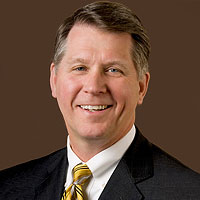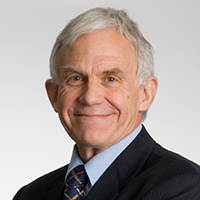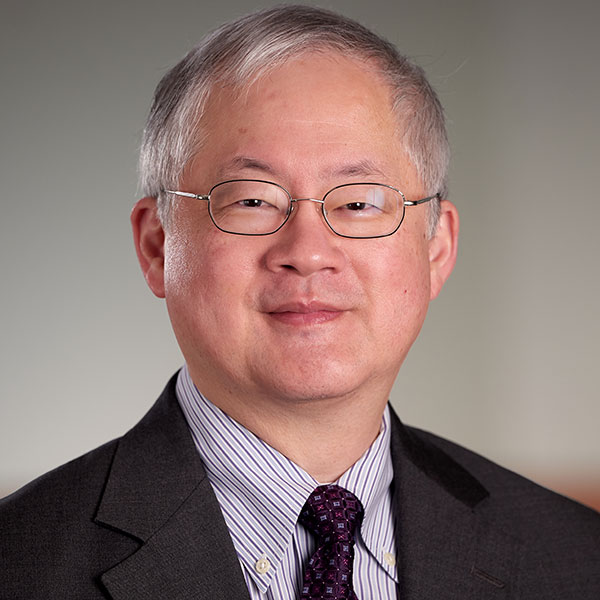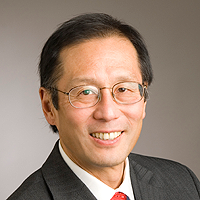Harold on History | Adapting to Life in a Digital World: Reflections on the College’s Digital Strategy
In May 2013, John Gordon Harold, MD, MACC, and David May, MD, PhD, FACC, co-authored a Leadership Page in the Journal of the American College of Cardiology (JACC) introducing the College’s new digital strategy. “There are tremendous opportunities for the College to reach cardiovascular professionals and patients around the world faster and more effectively than we could have ever dreamed,” they wrote. “The world is quite literally at our fingertips — and we are committed to leveraging this to the fullest.” Five years later, this month’s Harold on History features a look back at what has been accomplished, as well as a look ahead at what’s to come.
Cardiology: What was the primary reason behind the ACC embarking on a digital strategy five years ago?
Harold: I first raised the concept of a Digital Strategy at the 2011 Summer Retreat of the ACC Board of Trustees (BOT). I felt that the College’s aging digital infrastructure was challenged but saw new opportunities with the facilitation of a new comprehensive digital strategic plan. My inspiration for the digital strategy was the original ACC Learning Center at the College’s former headquarters in Bethesda, MD. Built in 1977, the technologically advanced multimedia classroom was viewed as a unique environment for lifelong learning unlike any other in the world.
 David May, MD, PhD, FACC
David May, MD, PhD, FACC
 David R. Holmes Jr., MD, MACC
David R. Holmes Jr., MD, MACC
 James E. Tcheng, MD, FACC
James E. Tcheng, MD, FACC
 Rick A. Nishimura, MD, MACC
Rick A. Nishimura, MD, MACC
Following the BOT retreat, then ACC President David R. Holmes Jr., MD, MACC, appointed me as chair of the Digital Strategy work group that also included James E. Tcheng, MD, FACC, and Rick A. Nishimura, MD, MACC. Our goal: to develop a single unified vision for the College that aligned technology and services with the goals and visions of other divisions and groups within the College.
The resulting digital strategy had six main objectives tied to impacting member value, fulfilling the College’s mission and driving organizational success. These included:
- Improve existing member value
- Enhance the doctor/patient relationship
- Drive member engagement with the College
- Drive effective sharing of cardiovascular information
- Improve the quality of clinical knowledge and care
- Increase efficiency in the service of members
Cardiology: What would you describe as the biggest challenges in implementing the strategy over the last five years?
Harold: In this age of smartphones and cloud computing, our biggest challenges have been staying relevant and providing members with the information they need and value in a manner consistent with how they receive other digital information. Developing and implementing a clear cross-organization vision involving both ACC members and staff has been crucial to the successful implementation of the strategy.
Cardiology: Looking back, what would you say have been the College’s biggest successes?
Harold: Since the digital strategy was adopted, the ACC has taken a leadership role in the digital transformation of health care. This was exemplified by the multi-stakeholder Innovation Summit held at Heart House in 2016. ACC members with expertise in innovation topics developed the 2017 Roadmap for Innovation — ACC Health Policy Statement on Healthcare Transformation in the Era of Digital Health, Big Data, and Precision Health, which was published in JACC. A member Innovation work group was organized by ACC in 2016 and has evolved into a new Member Section.
"The ambitious digital strategy became the cornerstone of my 2013 – 2014 presidential year which focused on “Innovation in Technology and Education."
The College has also excelled in the development of mobile apps for use at the point of care. Three of these apps were named top medical apps of 2017. The California ACC Chapter in collaboration with the ACC has also worked to facilitate member engagement in the digital revolution and has sponsored an annual Tech Symposium focused on cardiovascular applications in digital technology.
Cardiology: As the College looks to the future, what do you see as some of the biggest challenges and opportunities in the digital space?
Harold: While the digital transformation of health care has been slower than other sectors, it will continue to advance at an ever-increasing pace. The College will need to answer key questions. For example, how does digital transformation continue to happen? Over what time frame and how will the ACC adapt to this ever-changing landscape? The ACC Innovation Strategy advocates that digital health technologies must be effective and safe, improve efficiency of care, improve patient-clinician interaction and be supported by payment models. This still applies as the ACC looks to continue to lead, facilitate and partner in the digital transformation of health care.
Cardiology: Where do you hope to see the College five to 10 years from now?
Harold: In our 2013 Leadership Page, May and I used Charles Darwin to illustrate the importance of the digital strategy. “It is not the strongest of the species that survives, nor the most intelligent that survives. It is the one that is the most adaptable to change,” Darwin wrote. This quote still stands true today. We have made great progress over the last five years in adapting to changes in the digital world and — thanks to our digital strategy — are on course to continue to adapt moving into the future. As the College prepares to embark on its next Strategic Plan in 2019, there is no doubt that continued technological innovation and adaptation will be fundamental to helping meet the clinical and professional needs of cardiovascular professionals wherever they live and work.
Keywords: ACC Publications, Cardiology Magazine, Mobile Applications, Inventions, Goals, Leadership, Physician-Patient Relations, Point-of-Care Systems, Multimedia, Biomedical Technology, Learning, Health Policy, Aging
< Back to Listings

